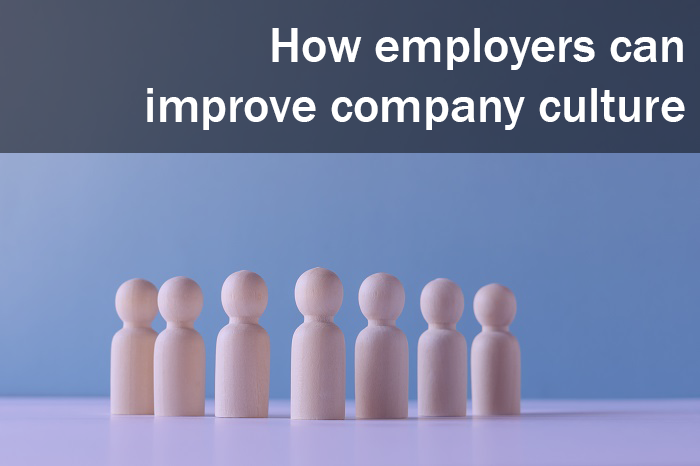This month, HRE is helping HR leaders prepare for the year ahead with a series featuring insights from industry experts, thought leaders and others about what we can learn from 2020 and the challenges coming in 2021. Read the series here.
*
This year has brought HR a host of unprecedented issues to navigate: employee safety concerns, engagement in a newly remote world, legal considerations and even the reshaping of the HR role itself. With all of that change just in the last few months, many HR leaders are looking to 2021 with a bit of trepidation: What’s next?
HRE: What was HR’s shining moment in 2020?

Casto: I know for Synchrony, as well as for many companies in 2020, we went through a cultural stress test. I am so proud that Synchrony passed in a big way and truly lived their values when making the hard decisions. For example, we were able to move nearly our entire workforce home–safely and securely, throughout the nation–in just three weeks. We listened and adapted to meet our employees’ needs. We fundamentally changed the way we work, providing more flexibility and agility. We gave everyone the choice to work from home full time, invested in technology and purposefully redesigned our physical spaces, as well as our total wellness offering to support these dynamic changes. By listening to the voice of our employees, in real-time, we created several new programs such as a virtual summer camp and after-school programs for employees and their children and families. We continued to maintain our culture of caring and rallied as an organization, even if not together in person, like never before.
See also: When the office goes, what happens to culture?
HRE: Where could HR leaders do a better job?
Casto: In the midst of these tough, heavy times, one of our leadership commitments is to elevate every day–step out of your silo, think more broadly and reset daily to achieve our companywide goals. This requires enterprise-wide thinking and an agile mindset to create real solutions to immediate problems. For example, to help our people recharge and avoid burnout, we quickly instituted Flexible Fridays where we dedicate meeting-free time and encourage our employees to invest in themselves personally (taking a walk with their family) or professionally (online reskilling certifications).
HRE: What should be HR’s first priority of 2021?
Casto: We need to continue our focus on investing and supporting our people. You cannot wait until 2021 to act; if you aren’t already prioritizing helping your people weather the ongoing pandemic, adapt to the new way of working, maintain their wellbeing while driving innovation and getting your company ready for the coming return to growth, you are already behind.
HRE: What technologies should HR leaders have on their radar to support their work in 2021?
Casto: The HR function needs to invest more in tools, resources and technologies that allow them real-time access to data analytics. We should maximize our HRIS systems to ensure we are utilizing dashboards that can give us deeper analysis in our recruiting, D&I, compensation equity, talent and skill development initiatives.
Providing consistent, real-time feedback and encouraging engagement from employees at all levels are also key. This includes using digital collaboration tools such as Microsoft Teams, Great Place to Work pulse survey software, Workday 360 feedback and video conferencing to encourage more democratic, productive, insight-driven discussions. Leveraging insight and having open communication channels forge a deeper connection with employees.



